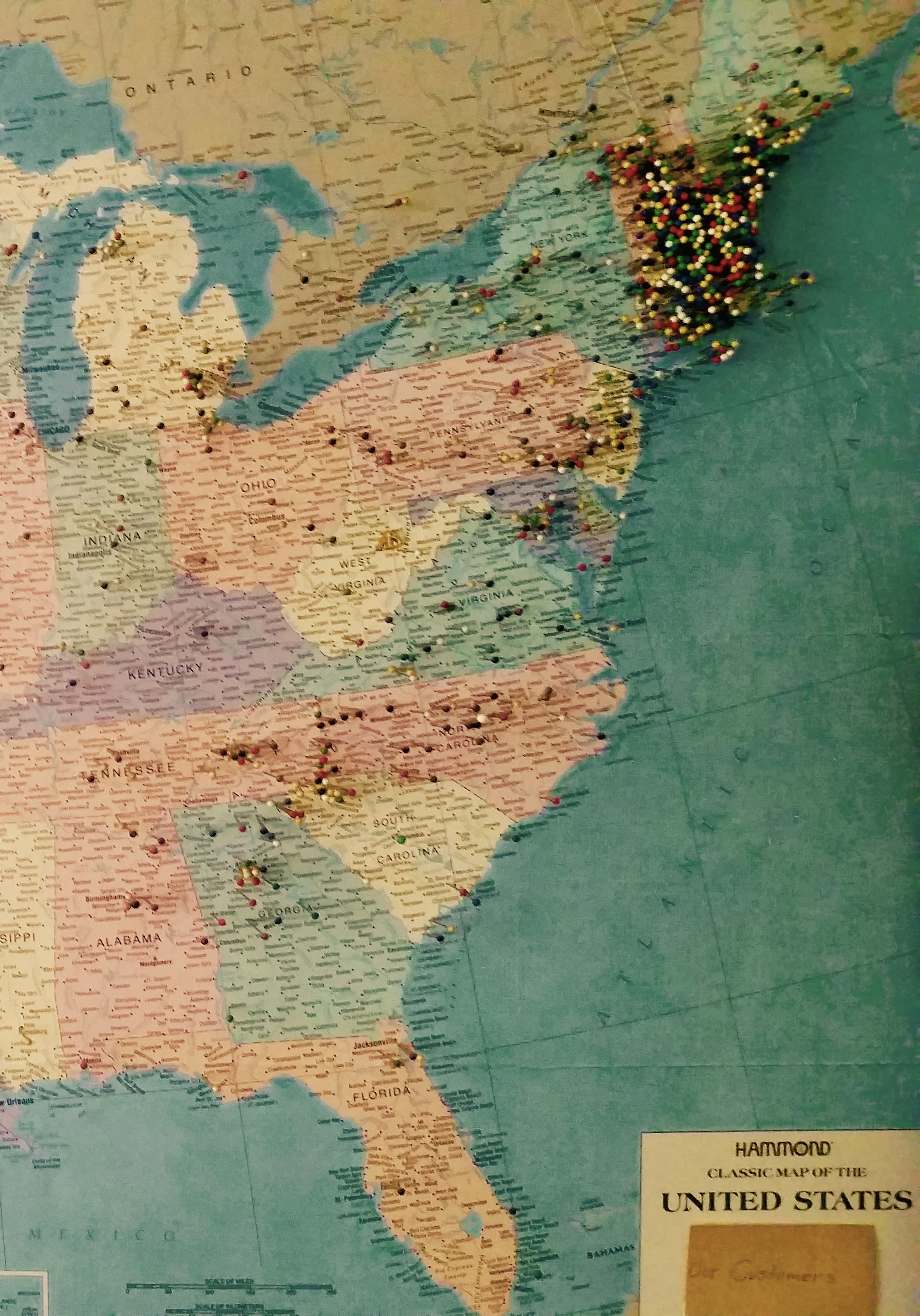Columbia, SC - A Brief Downtown Survey
Take a brief walk around Columbia’s Main St and Vista districts and it’s quickly apparent that there is a common bond driving all of the successful revitalization in these areas. The vast majority of structures are old mass-wall brick buildings, and it’s these humble red boxes that are breathing new life into Columbia’s downtown. Old warehouses, rail depots, mills, and factories are now serving the community as grocery stores, apartments, offices and restaurants. Solid brick walls, with their common-bond coursing, provide such a stable platform for creating and sustaining civic spaces by virtue of their honest construction, human scale design, and enduring nature.
Honest Construction
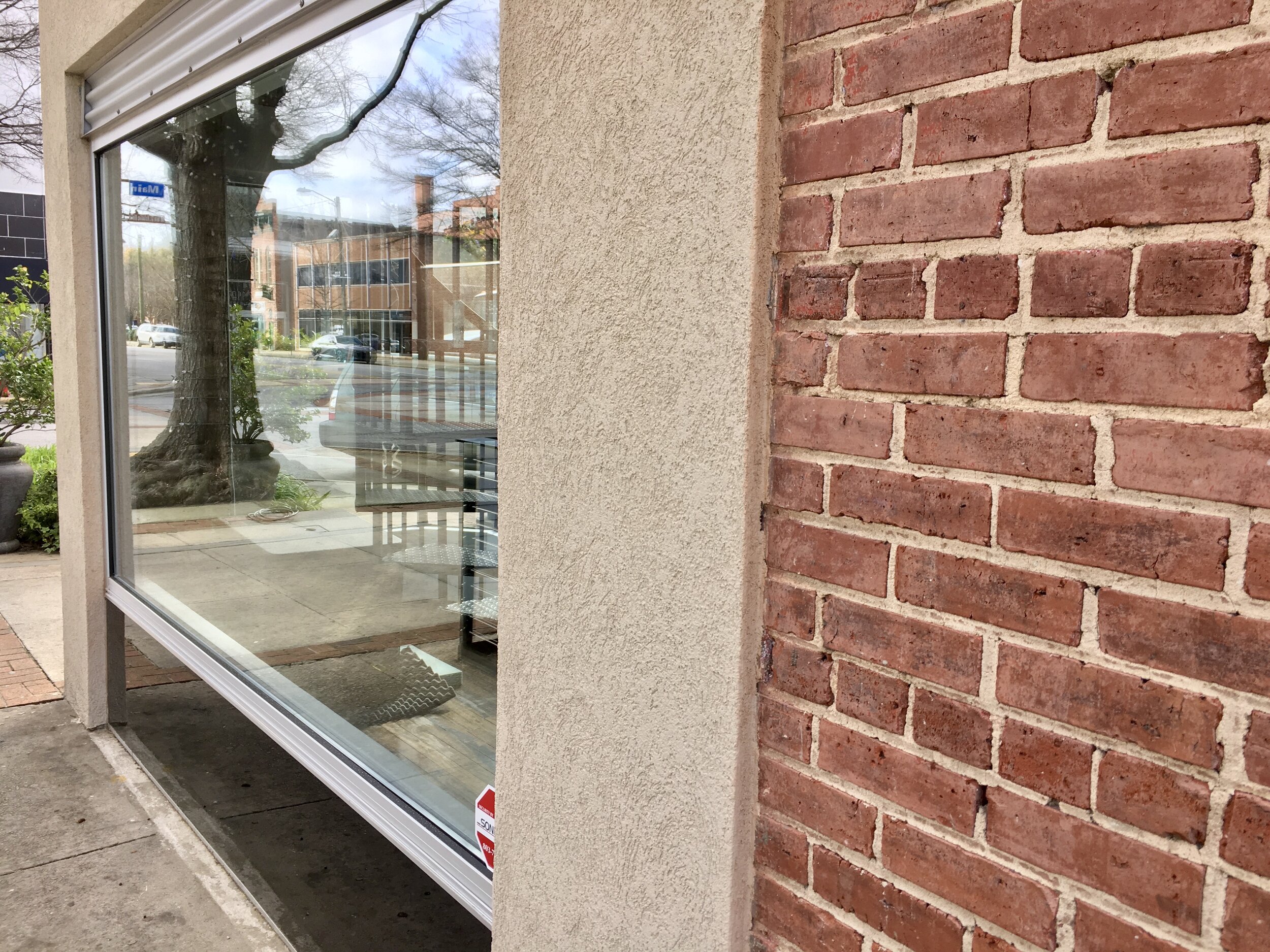
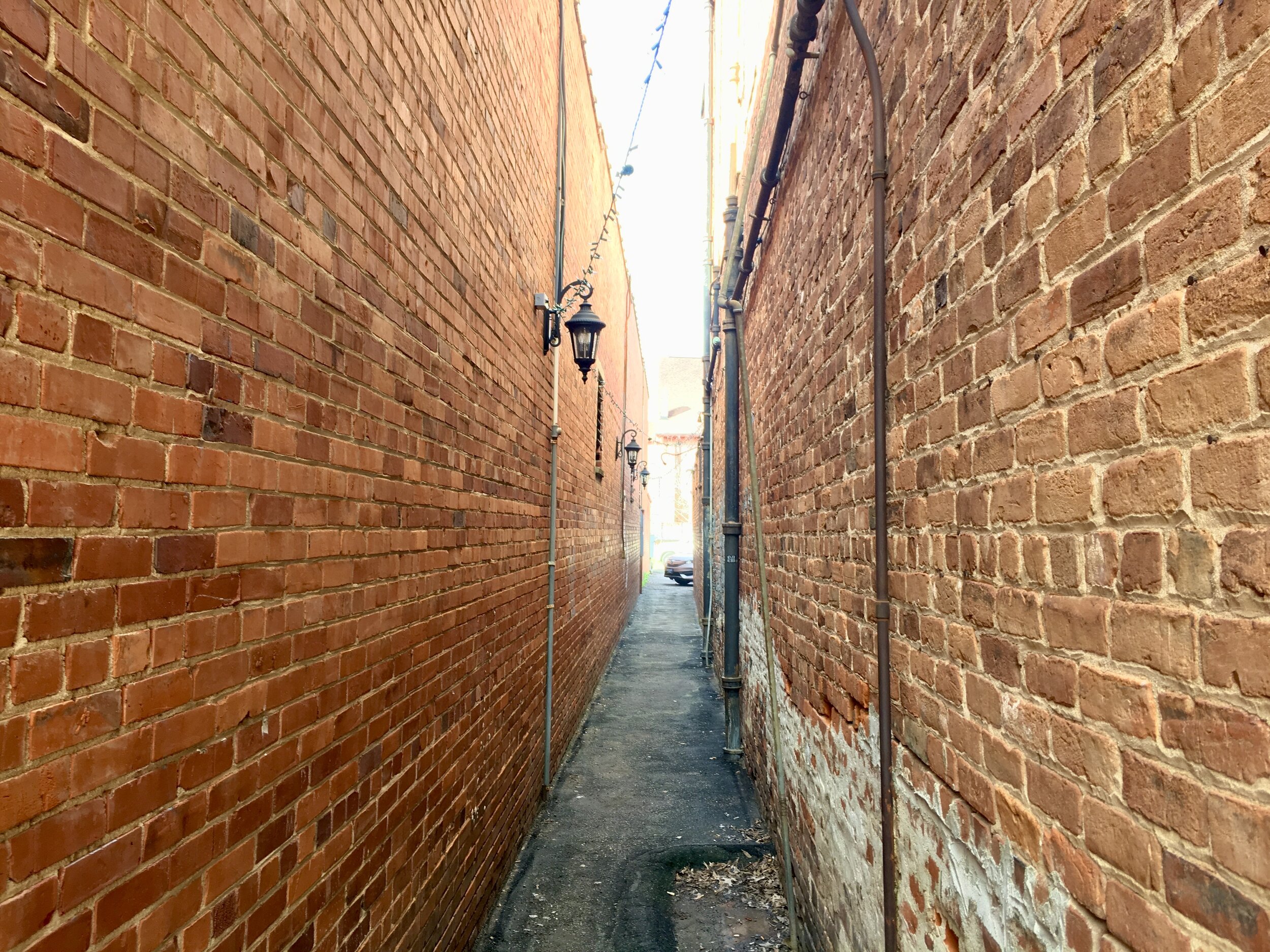
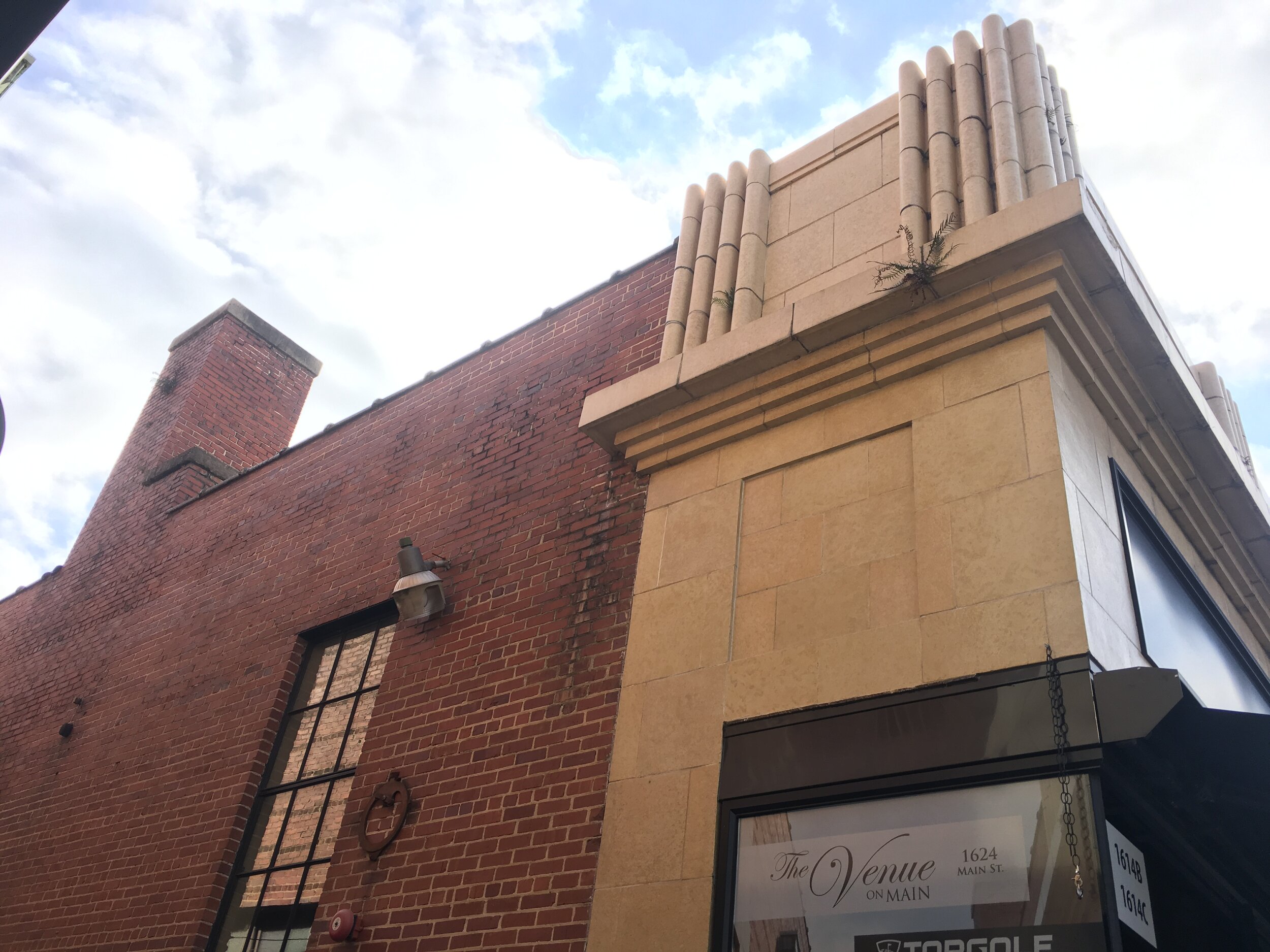

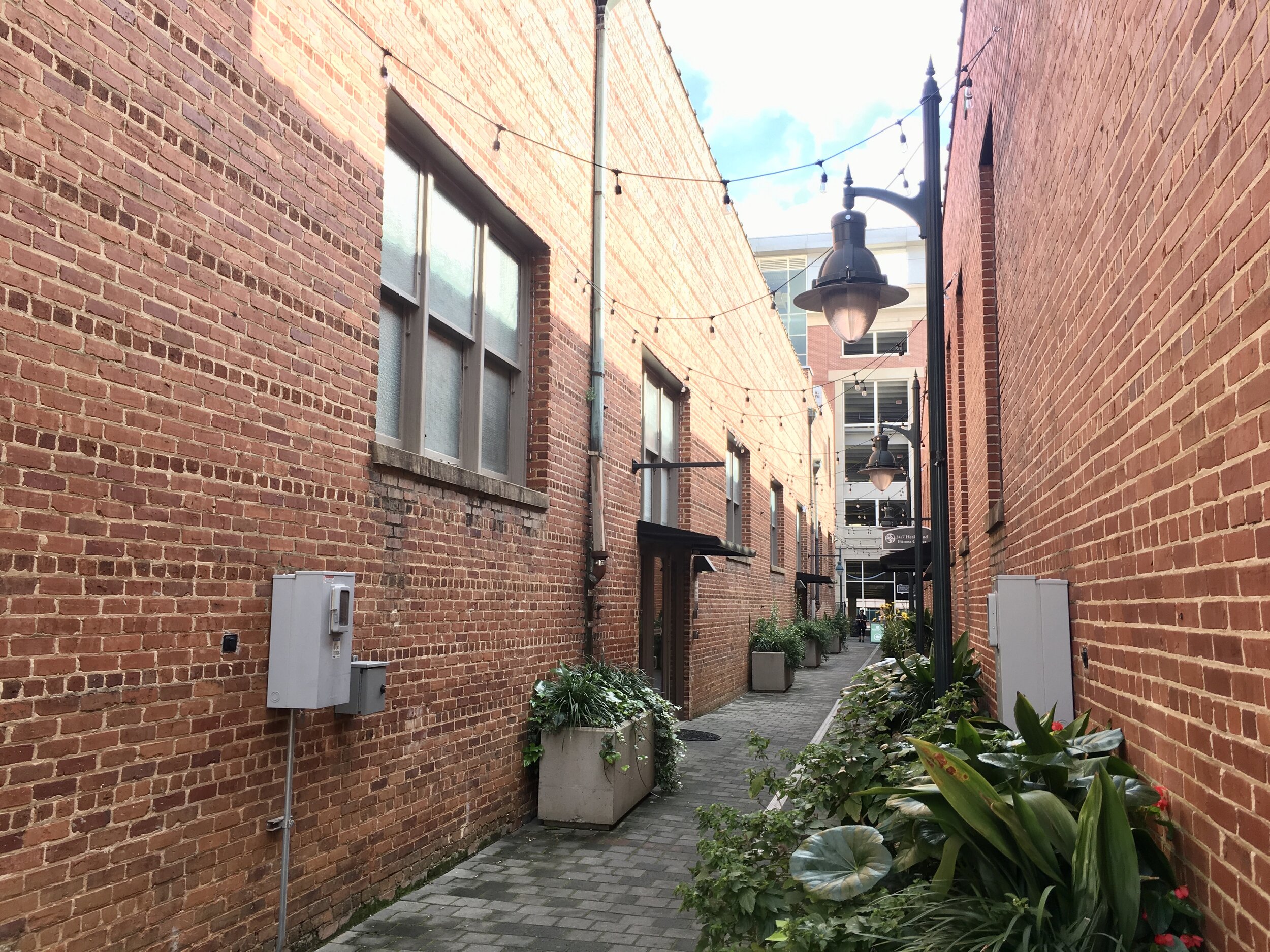
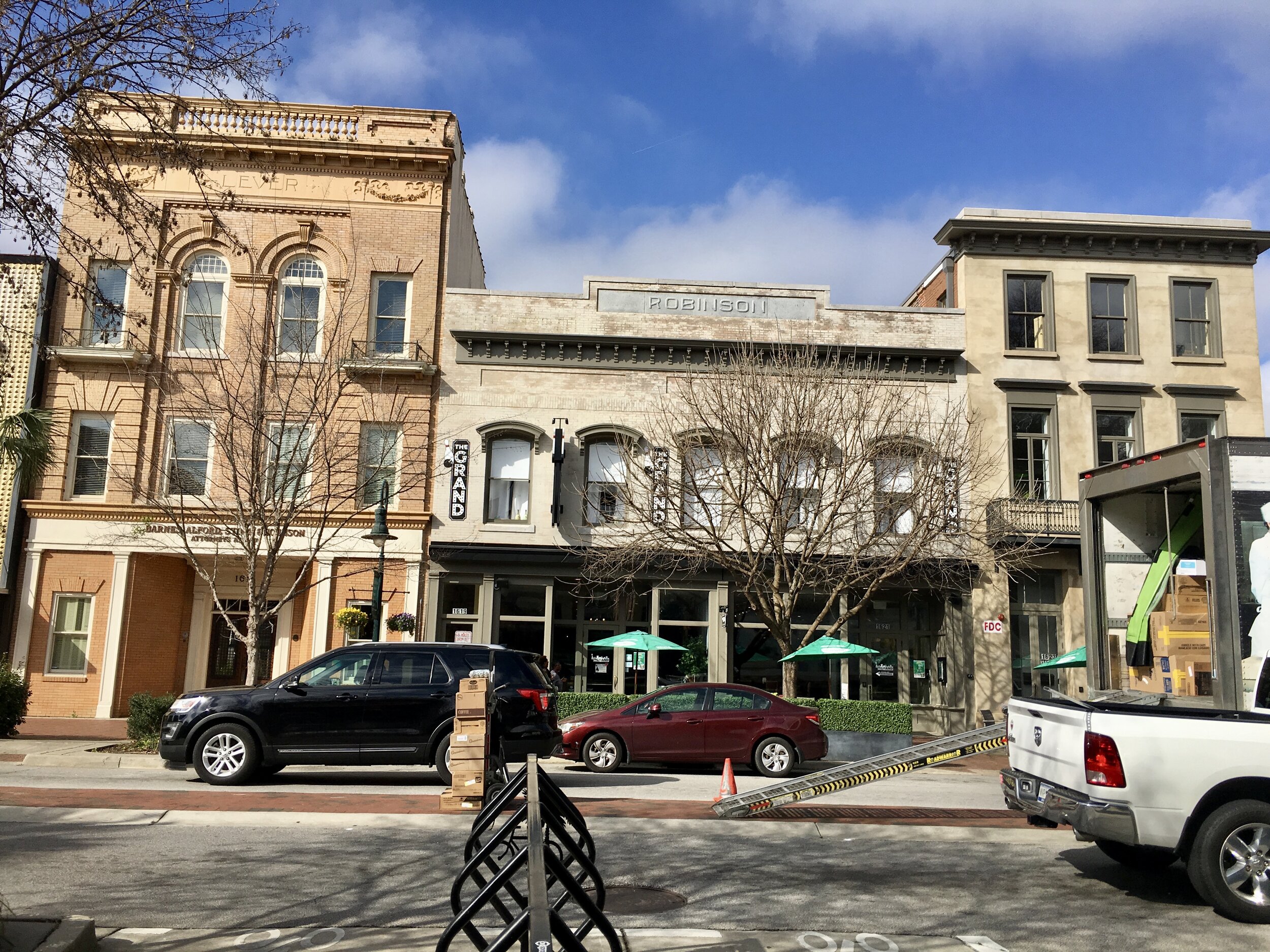
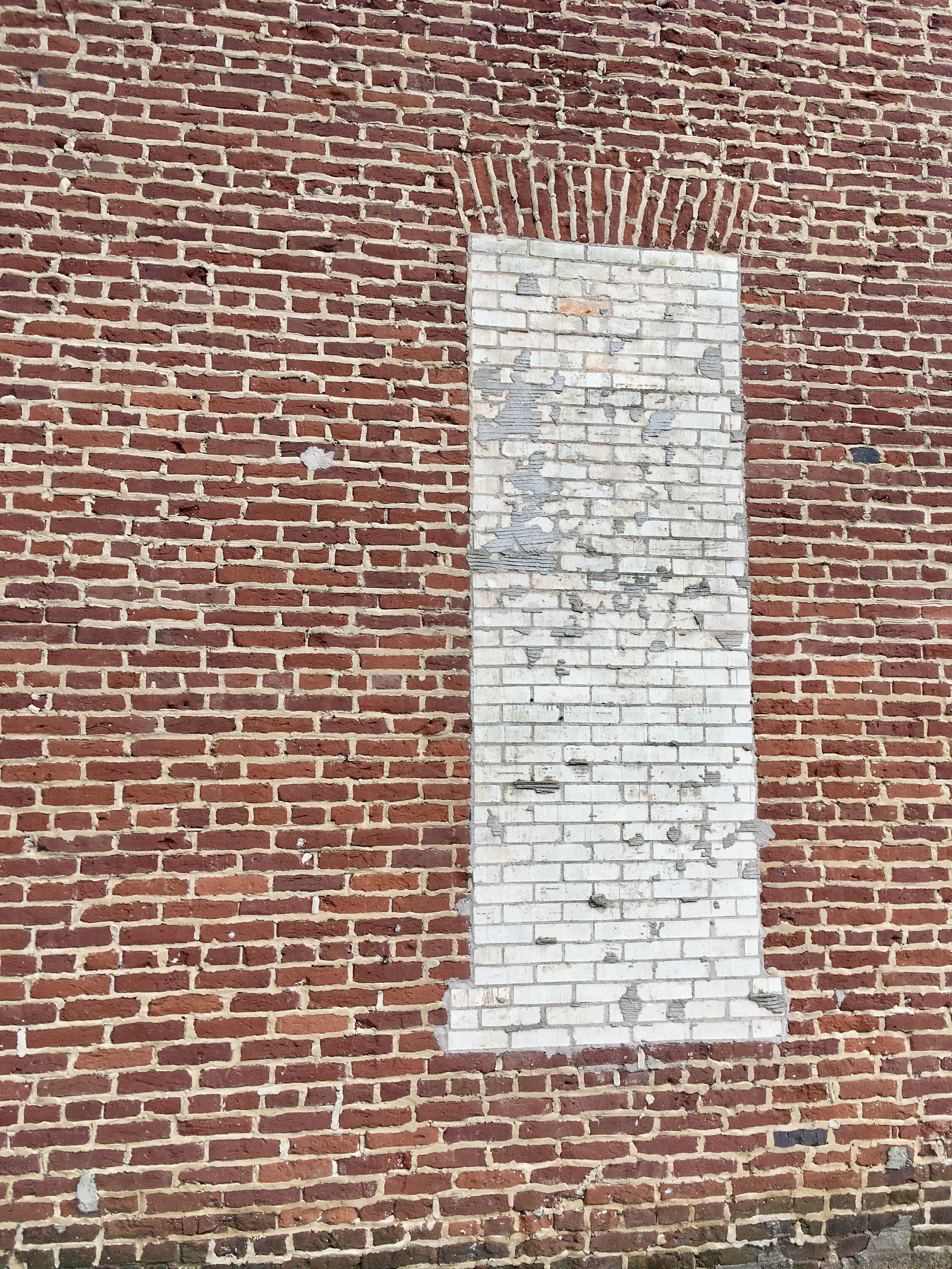
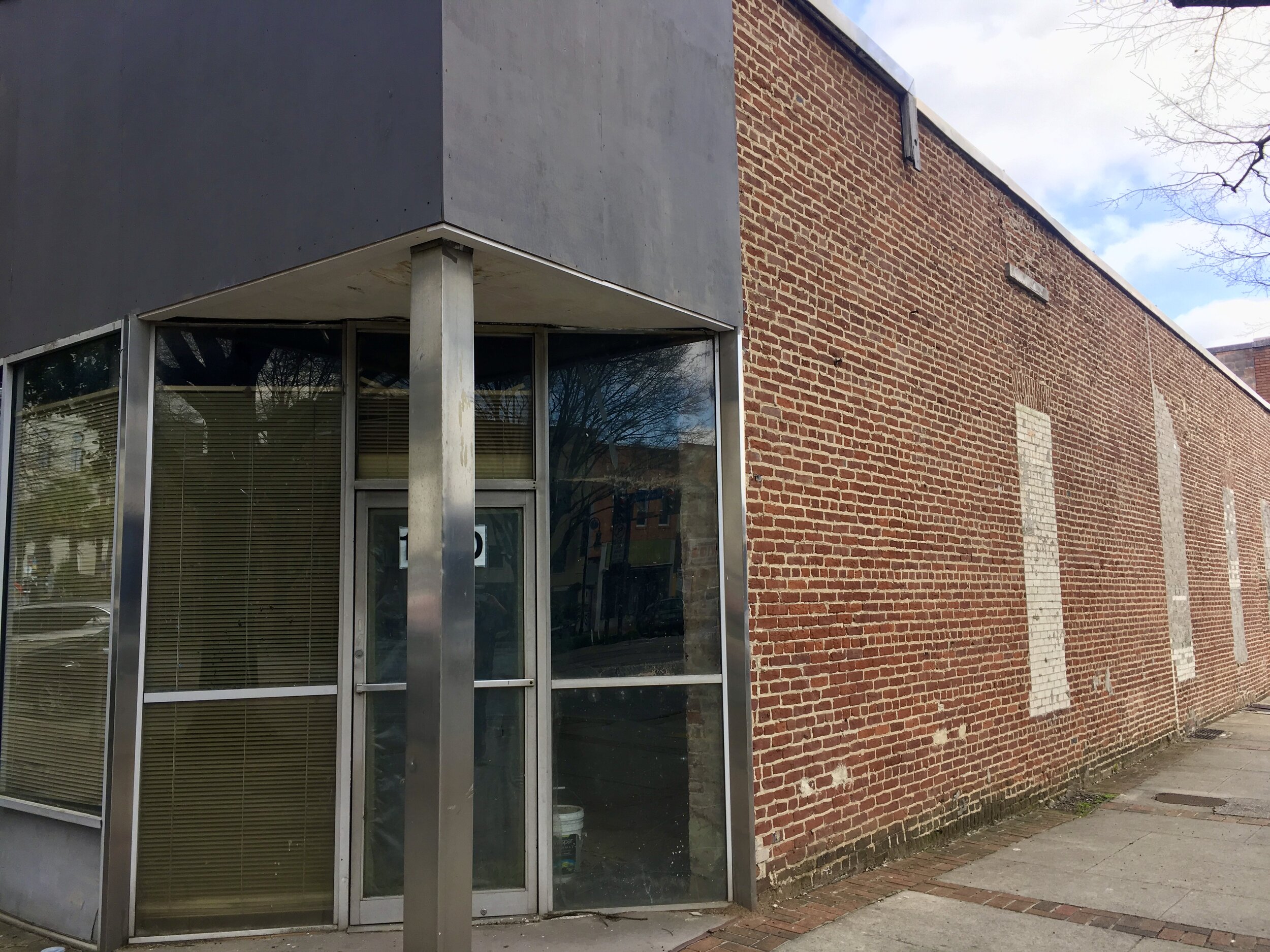
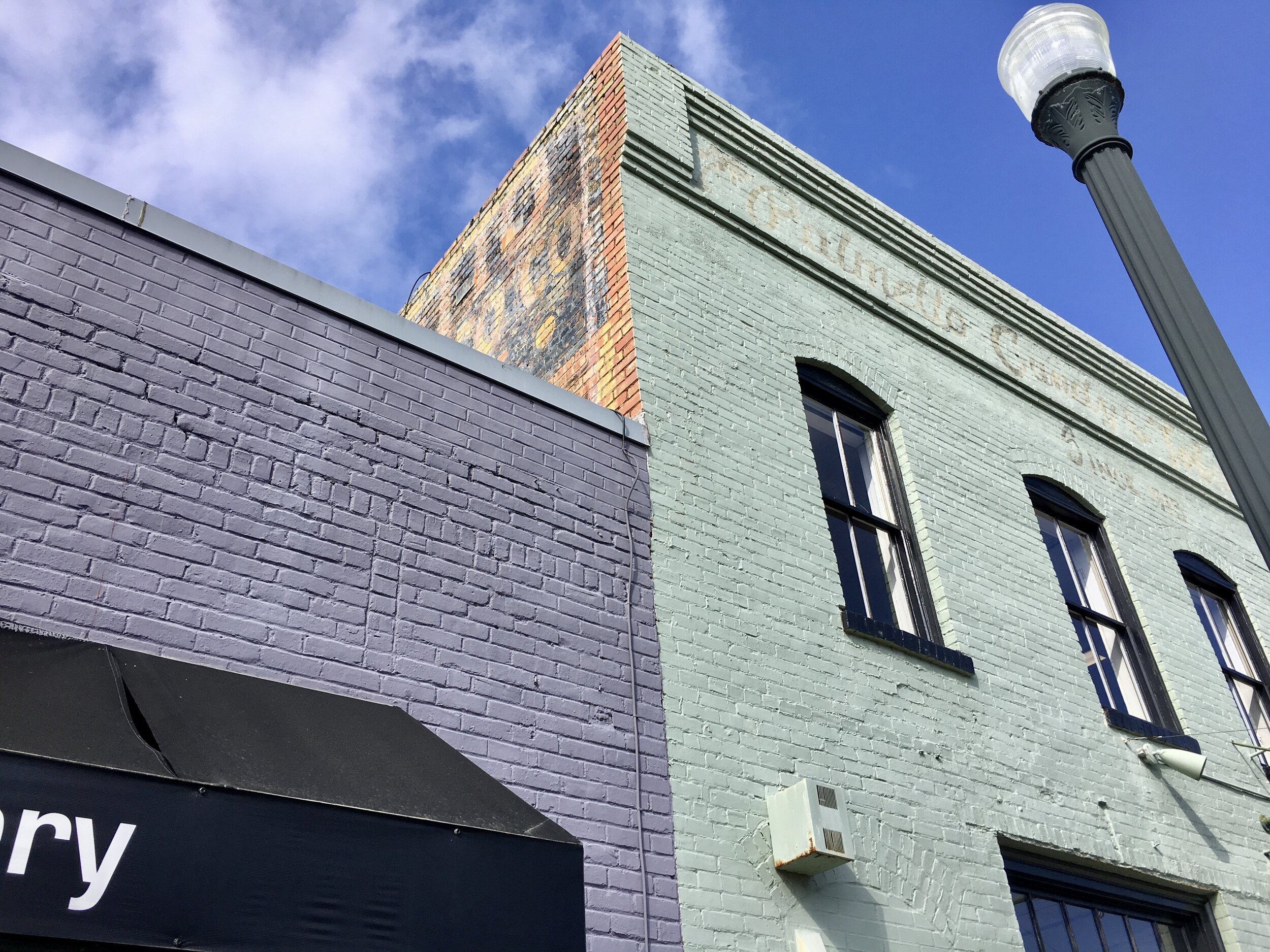
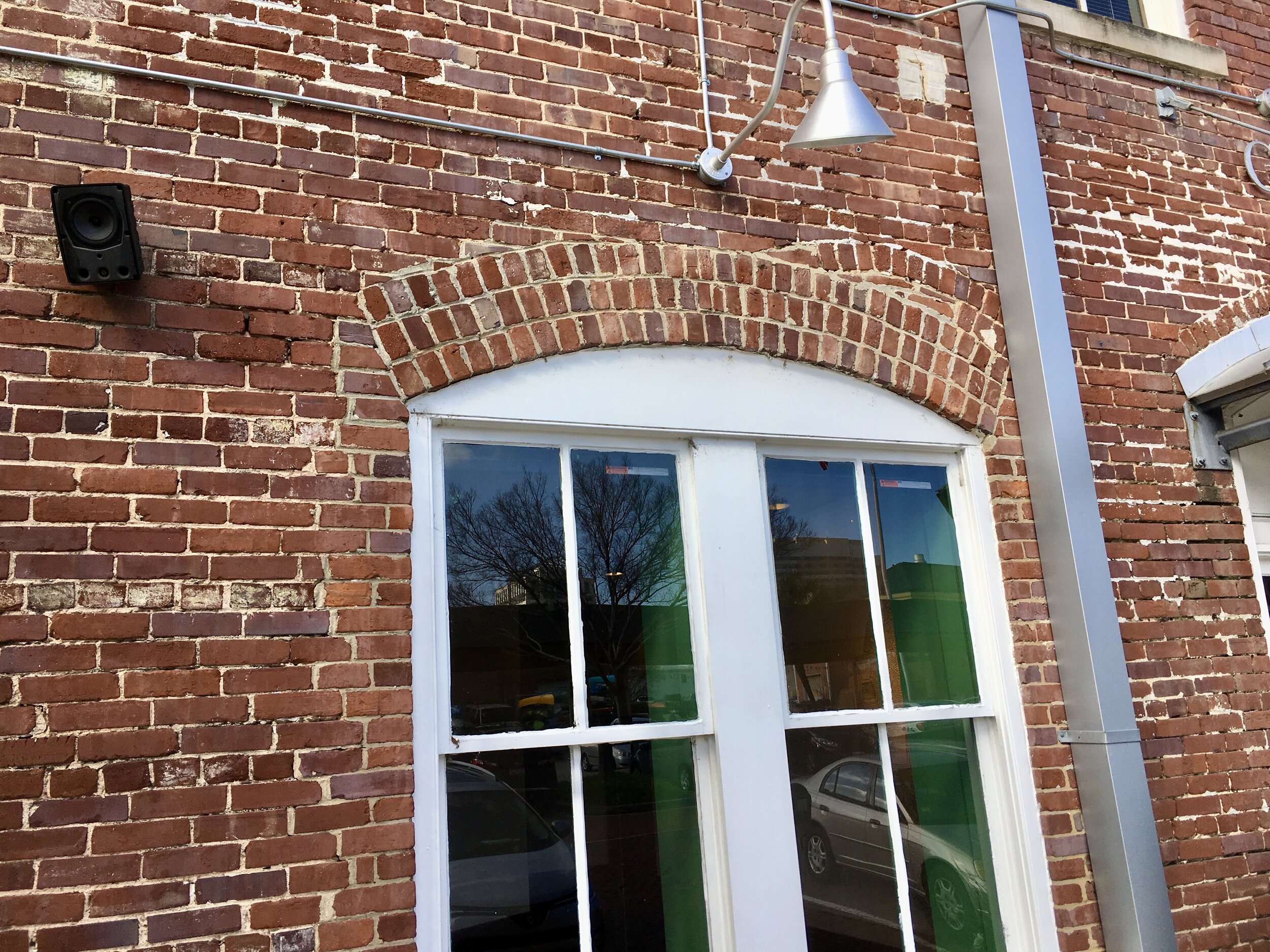
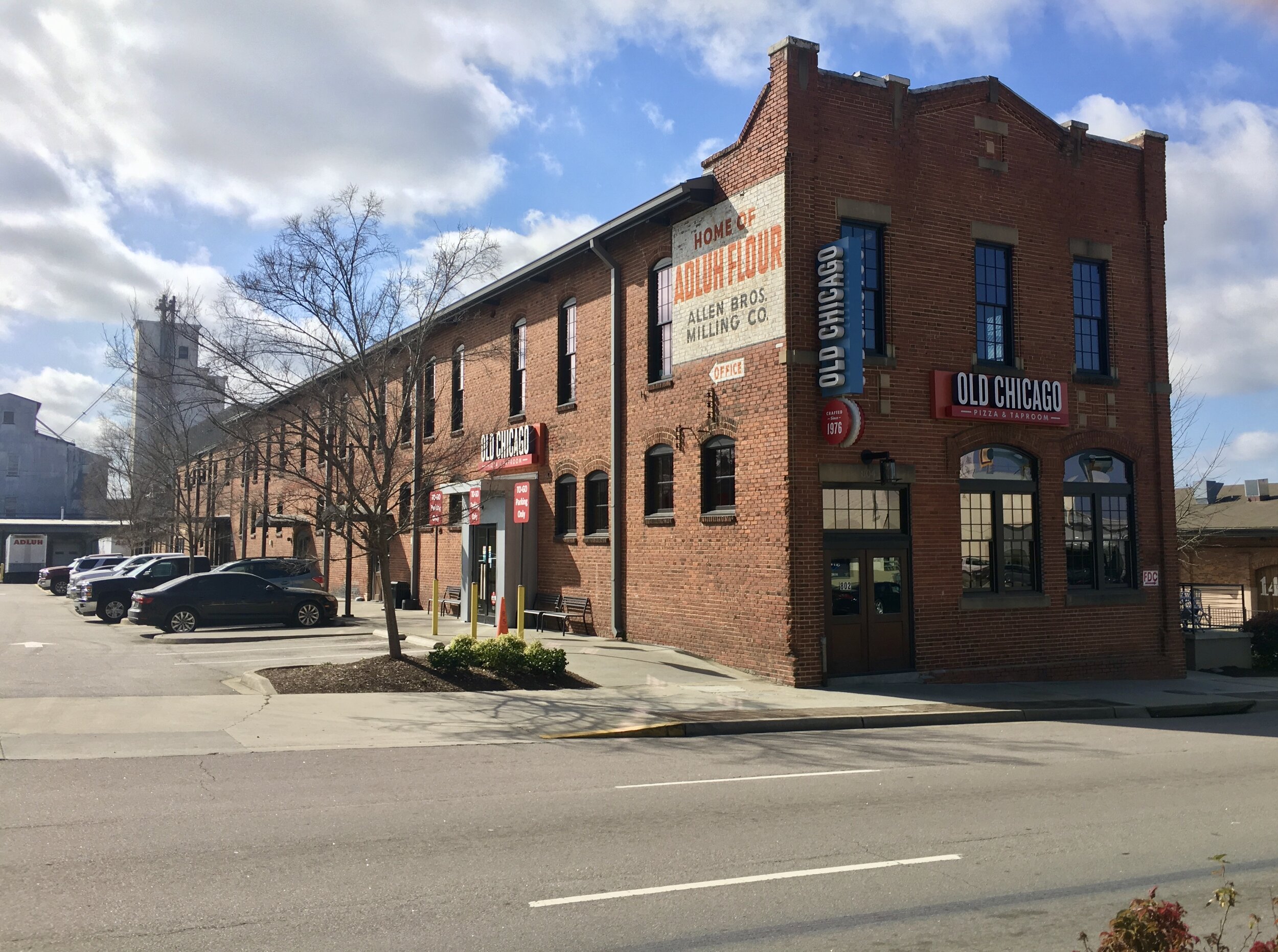
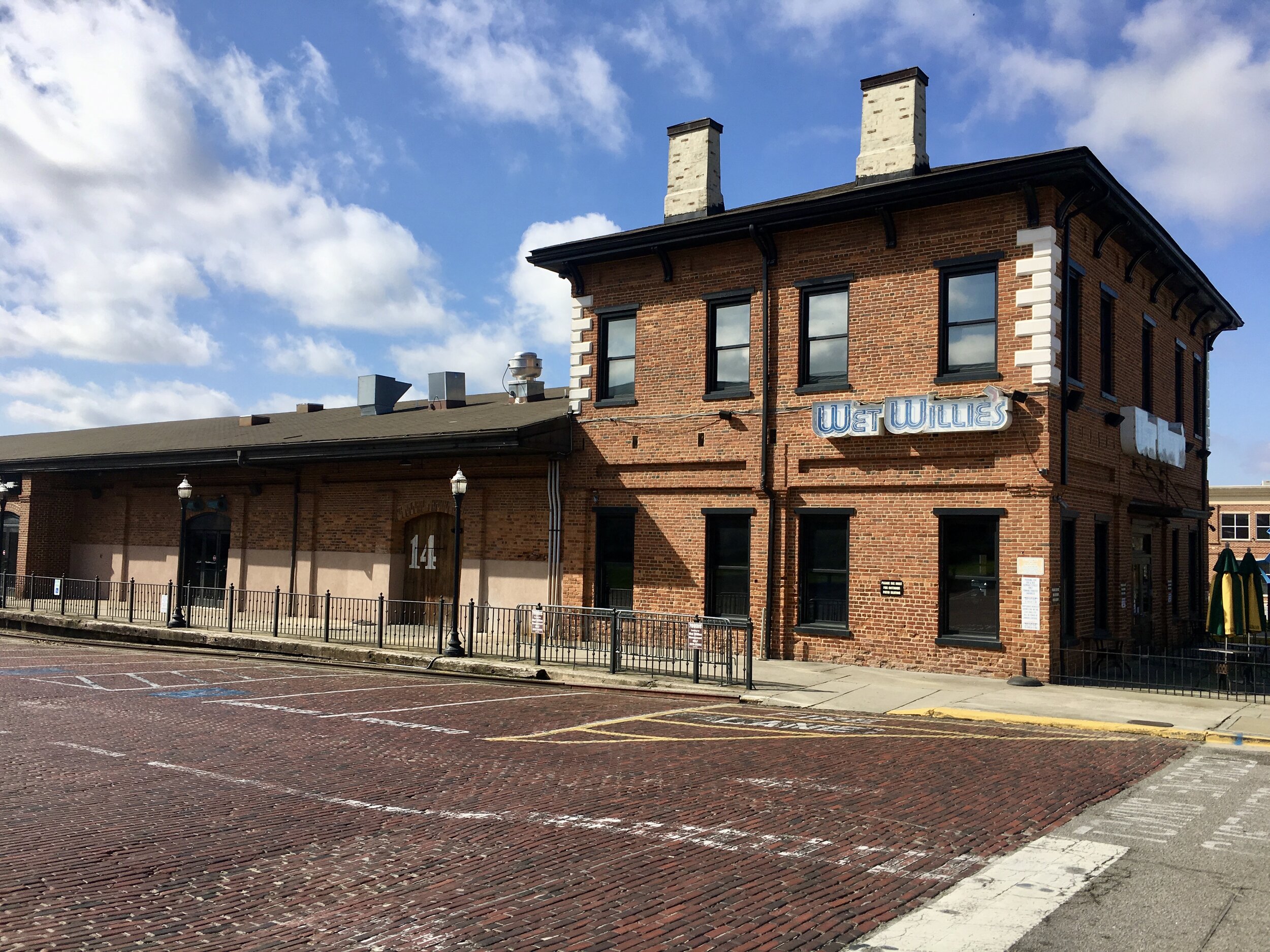

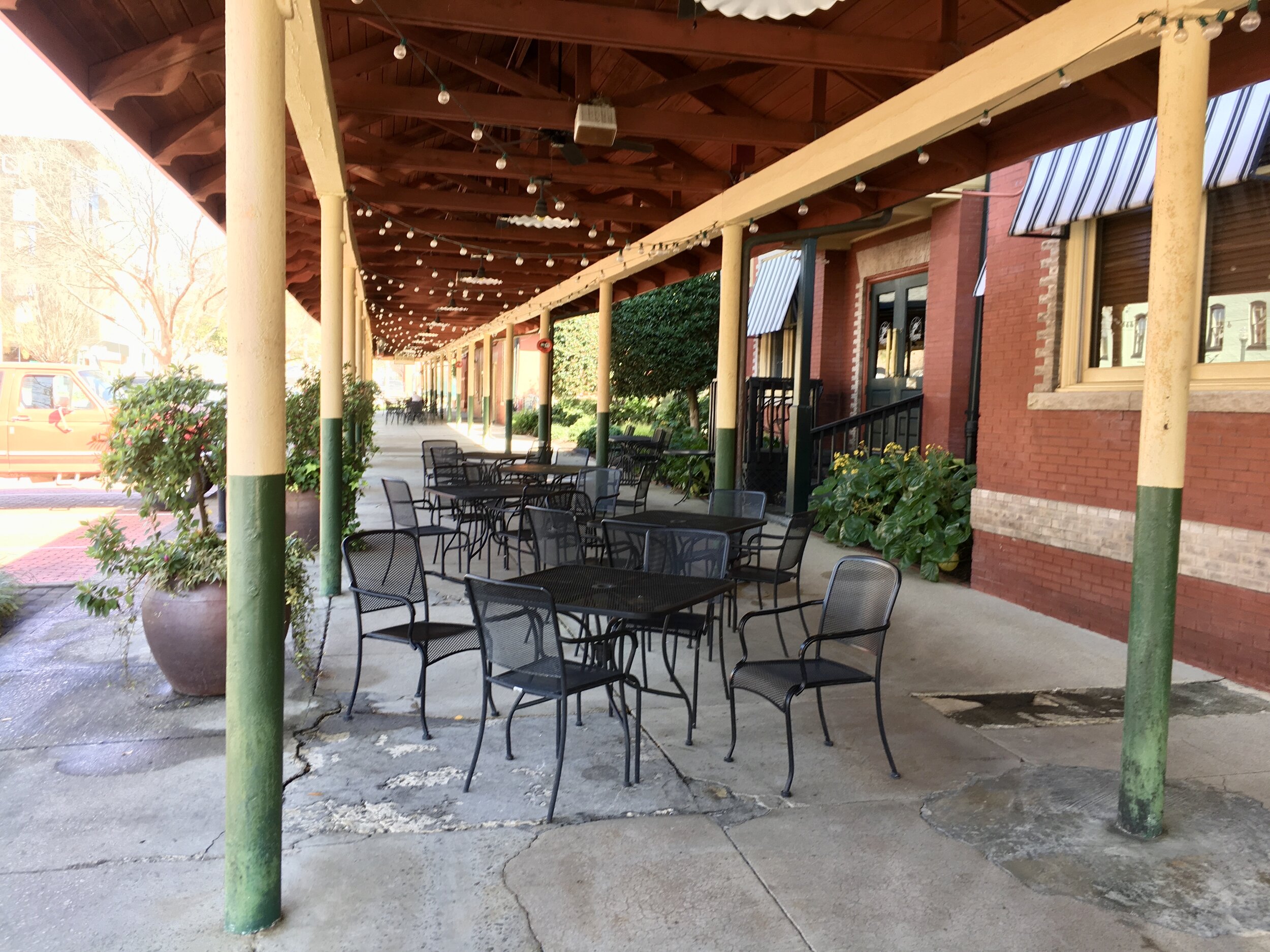
Traditional, mass-wall masonry functions as a single wall system capable of holistic performance. Compare a solid brick wall to the conventional multilayered stick-frame approach. Multilayered systems require 7 or more layers to create a functional wall. Each distinct layer is only capable of performing one role and if exposed to other challenges fails to properly function. A solid brick wall provides structure, moisture control, thermal comfort, and aesthetic appeal. A brick failing doesn’t expose a different layer to problems, just another brick capable of functioning well. The resilience of solid brick walls is allowing Columbia’s downtown to revitalize after decades of neglect. If these old structures had been initially built with modern methods, the city would have to gut entire city blocks and build anew.
Human Scale Design

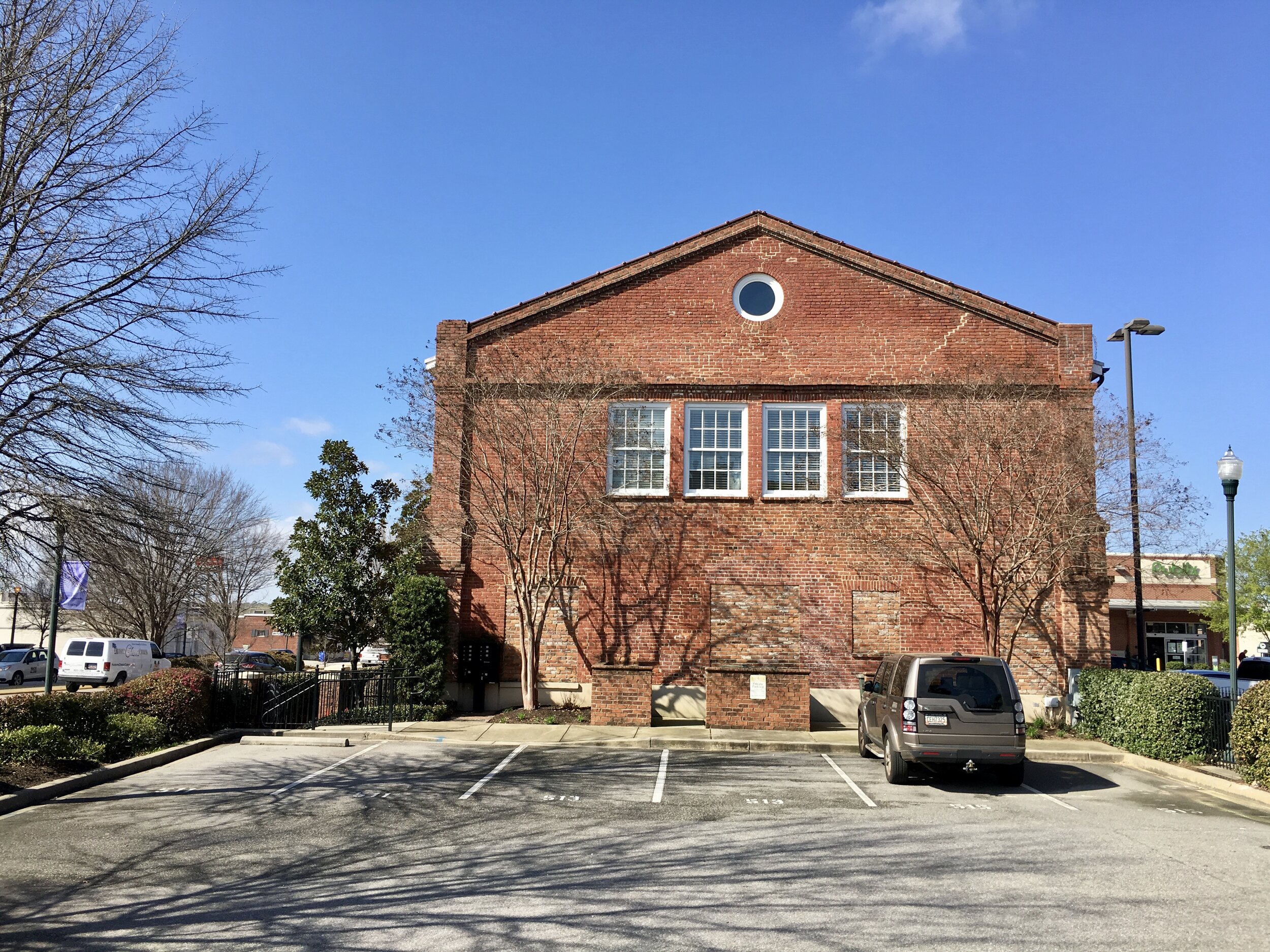
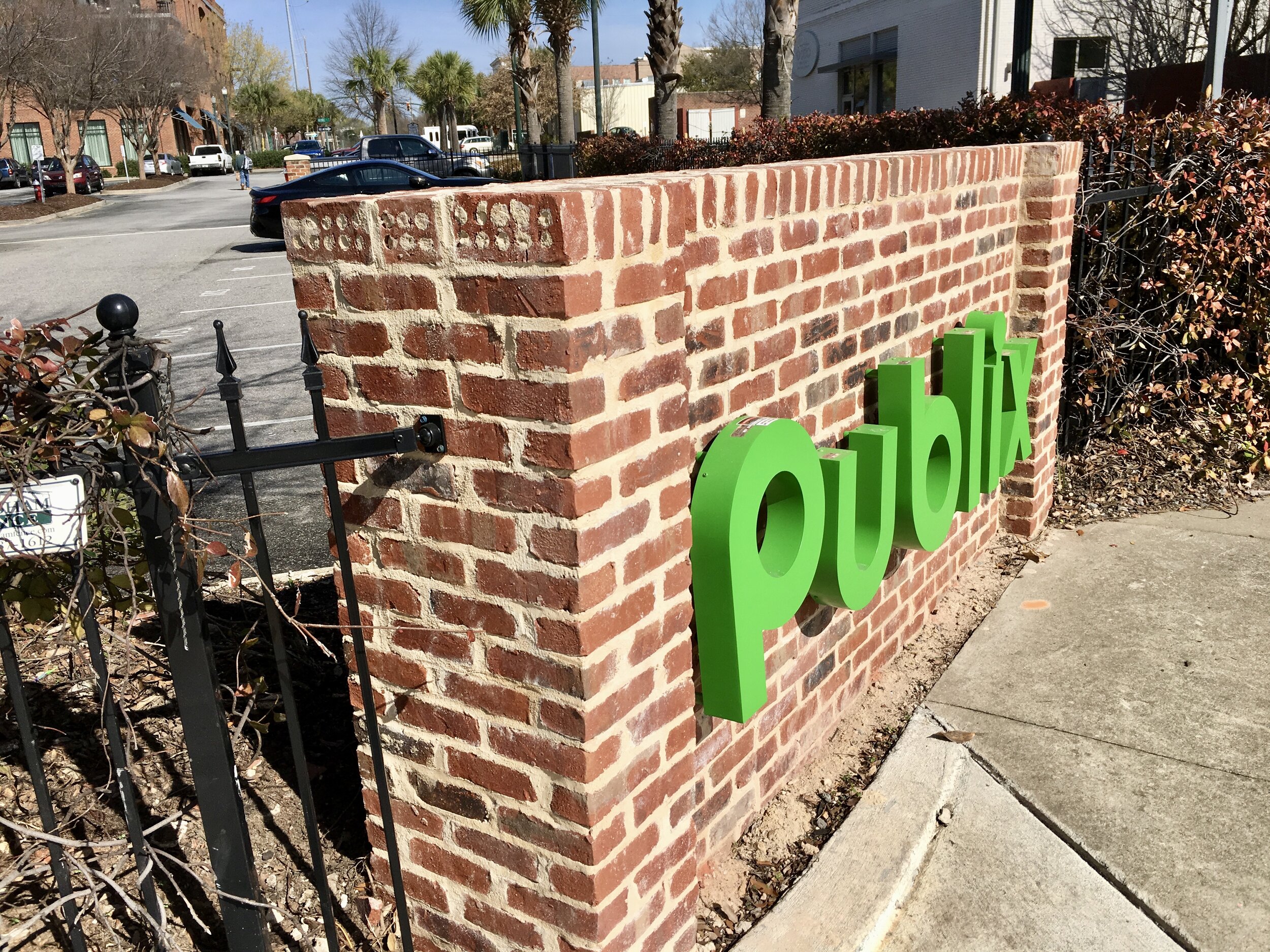
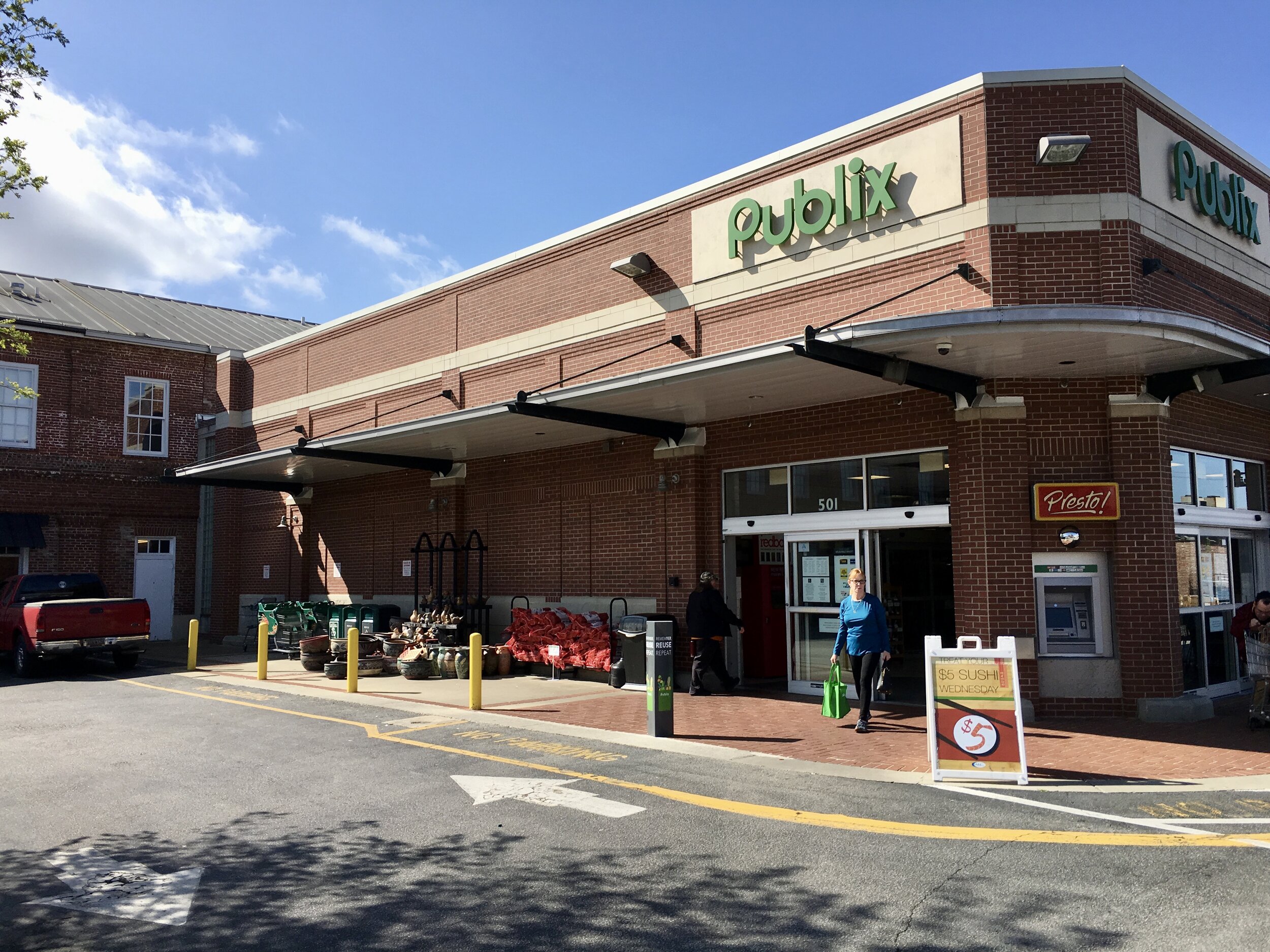

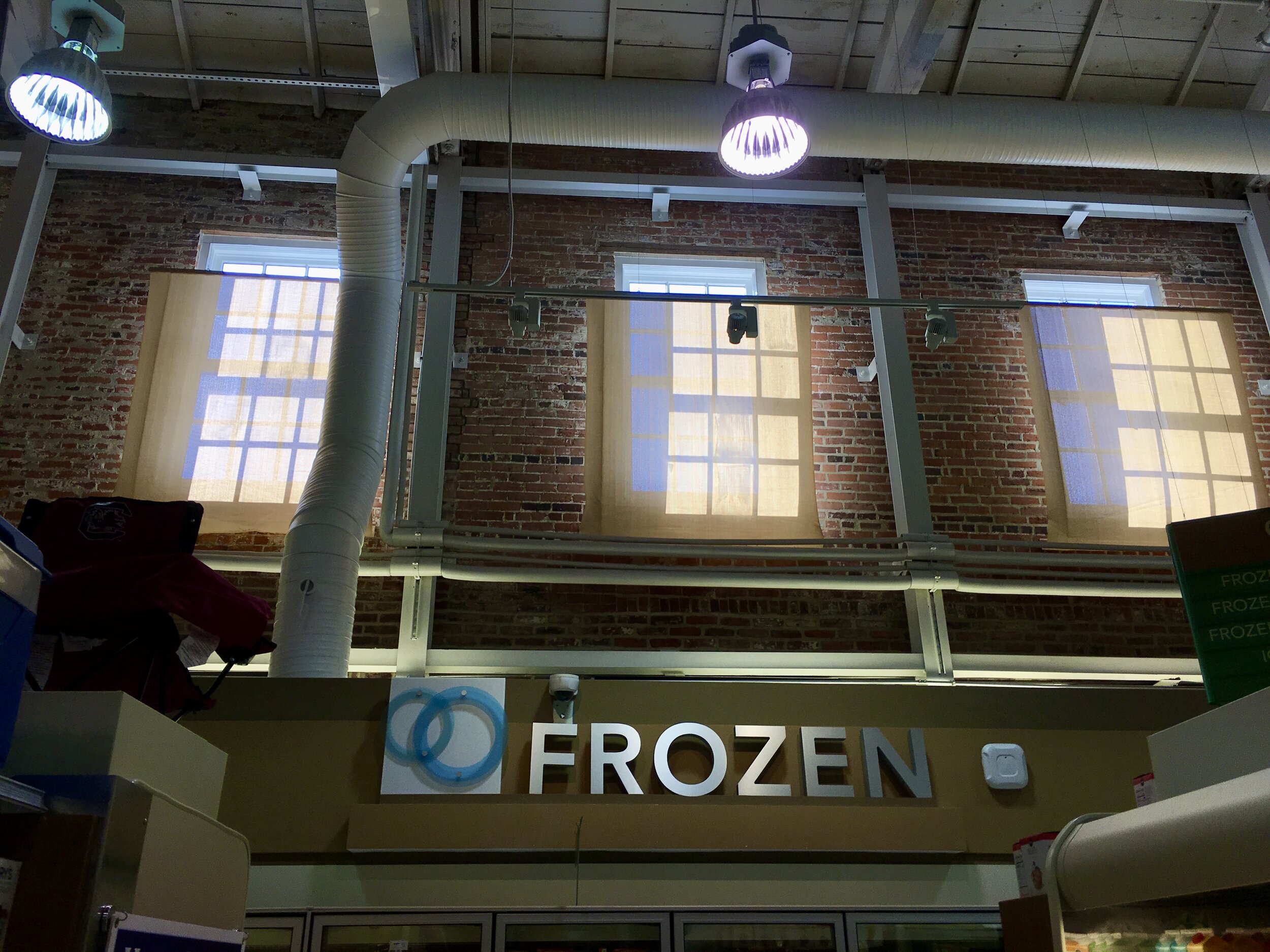
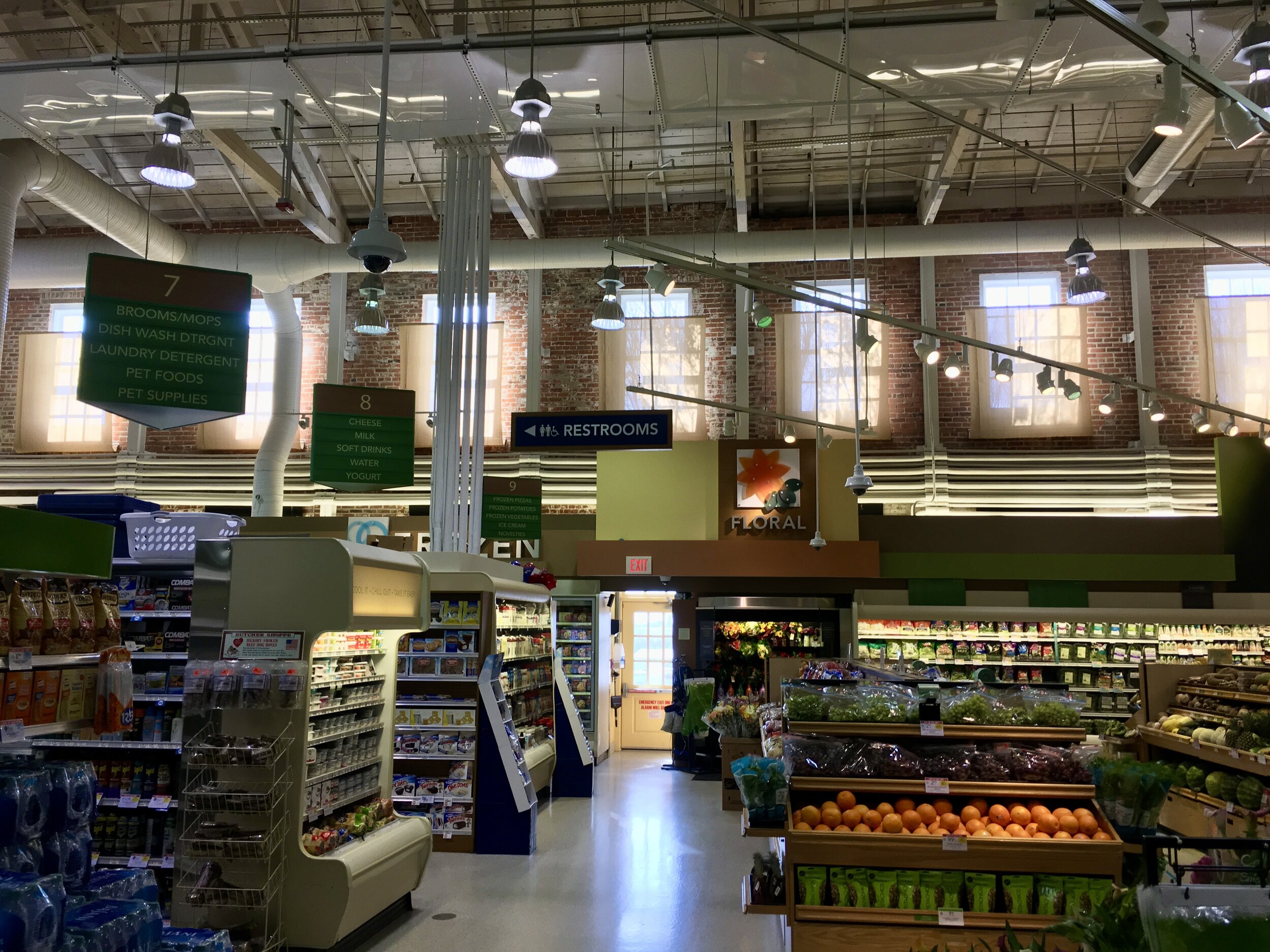
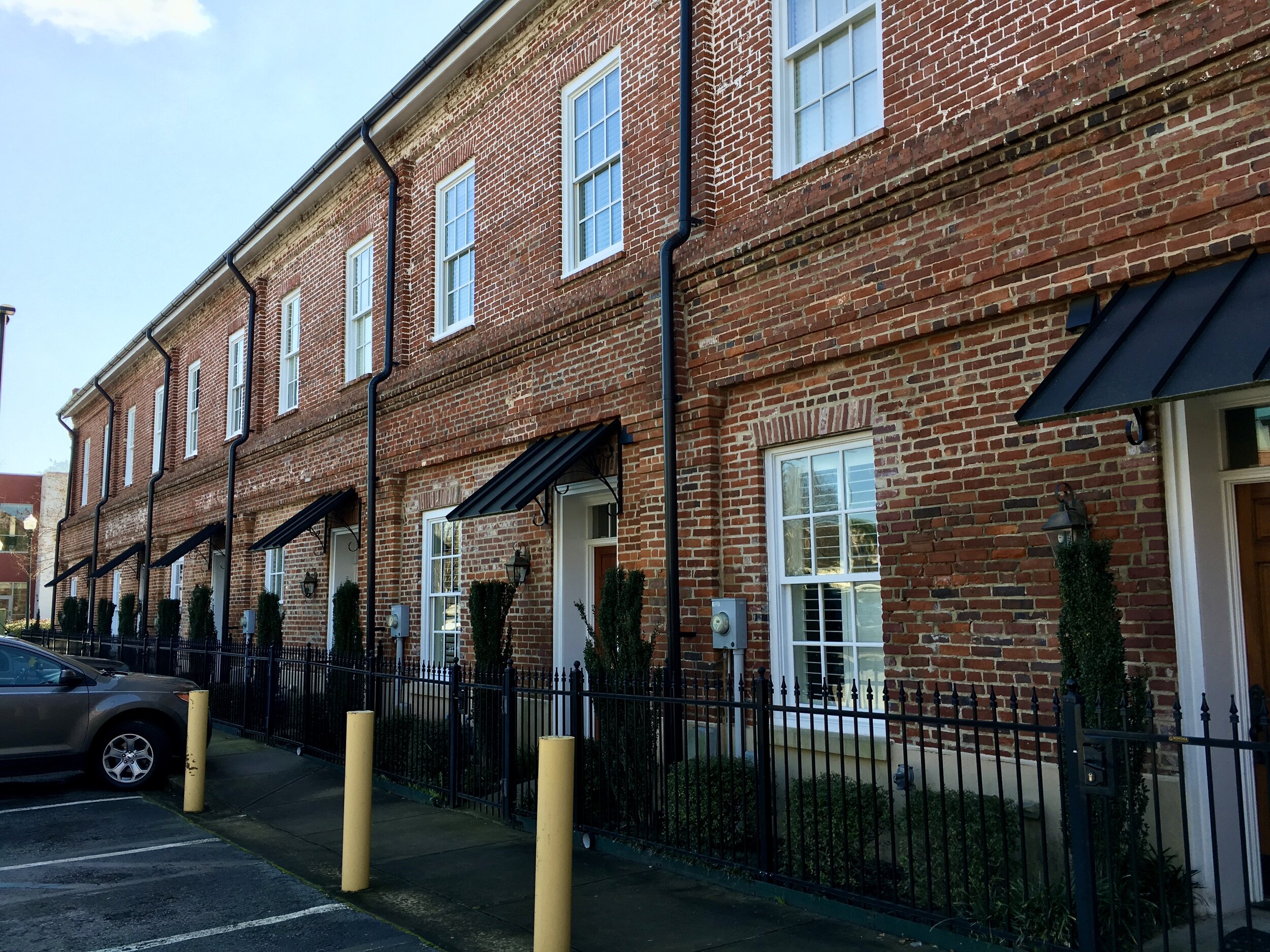
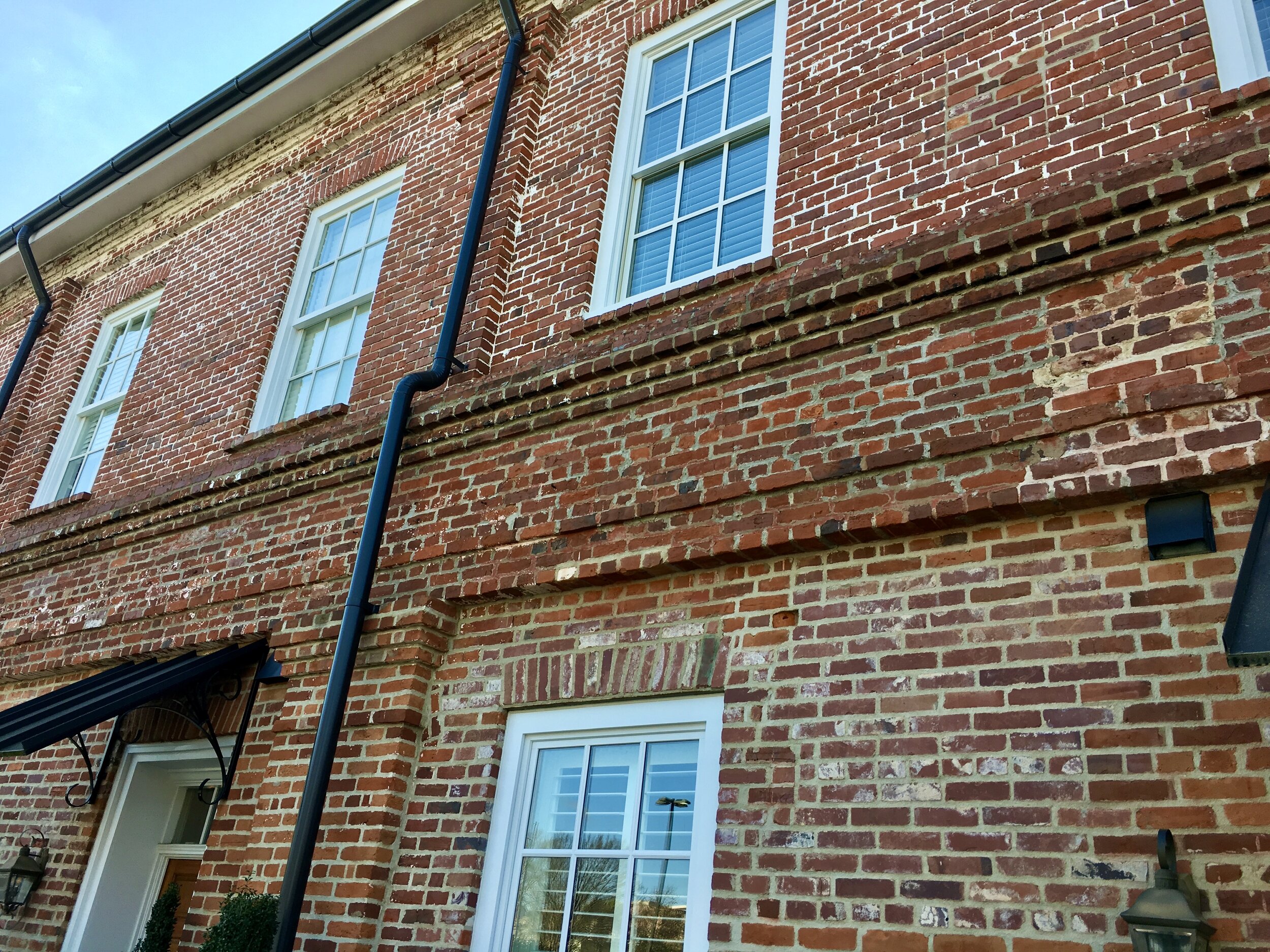
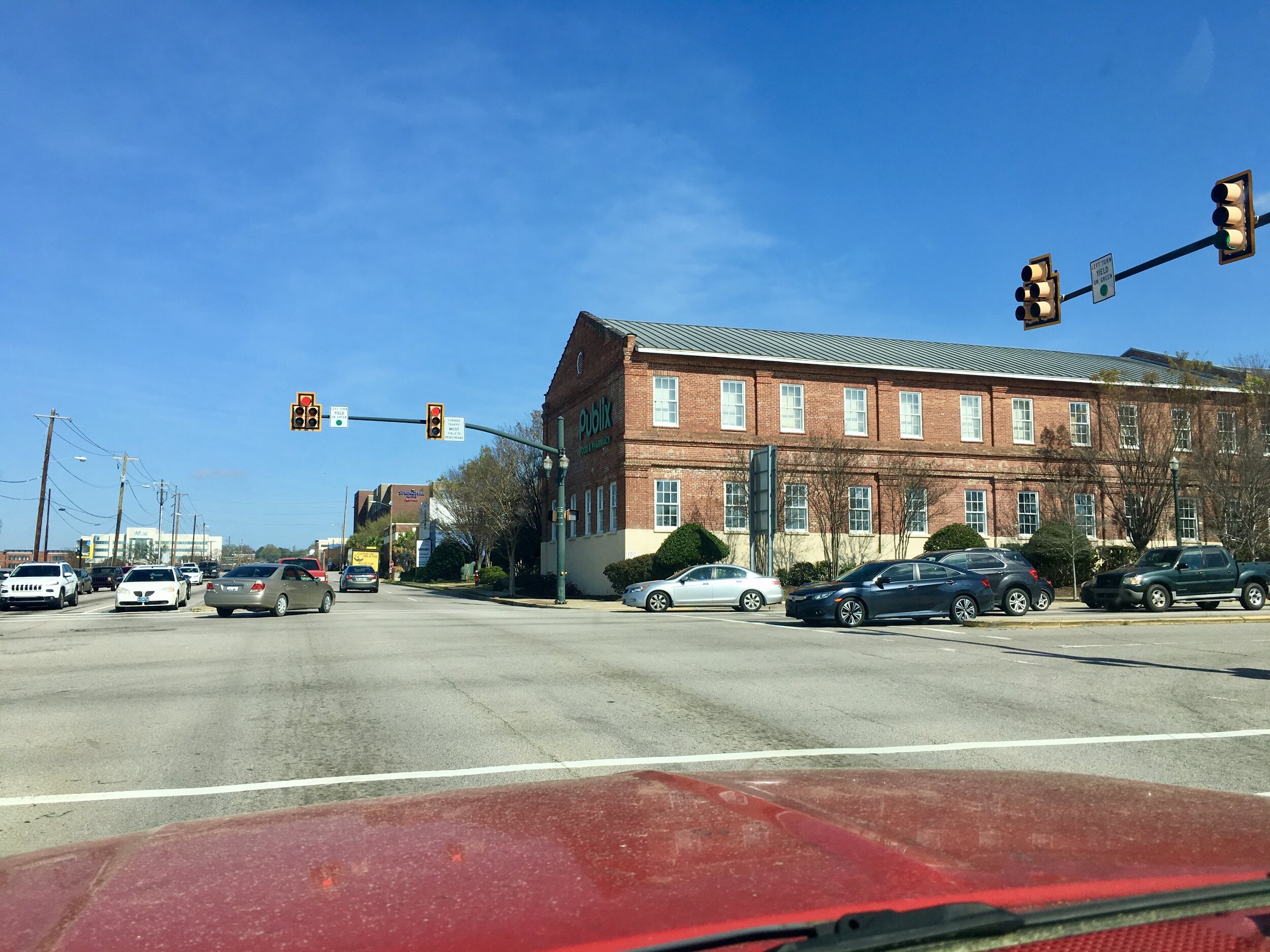
Healthy constraints are a vital part of the success of traditional materials and methods. The design process of traditional structures is firmly rooted in the nature of the materials, which stands in stark contrast to the modern approach of jamming materials together in a thoughtless, jumbled manner. Acknowledging the limitations inherent to a material or method doesn’t constrict creativity, but rather provides a rich framework of expression. Additionally, recognizing these constraints helps ensure the design of buildings at a relatable human scale. This recognition is a key ingredient in being able to have original structures convert into initially unforeseen roles. An old rail station transforms into a restaurant because it was primarily designed as a good building for people and secondarily as a good building for people to catch a train. Quite a subtle, but profound hierarchy of design that defines much of traditional design. The flexibility inherent in these old brick buildings is proving to be a valuable asset to the city. Consider the photos of Publix on the left, and then picture in your mind any of the big box stores. Consider how the “big box” store is an approach to building so detached from the human scale that we apply linguistic band-aids to cover over the cognitive dissonance. What a breath of fresh air it is to see a national chain of grocery store set up shop inside of an old warehouse building and become a part of the community. A portion of the Publix building serves as apartments, consider the community-sustaining power of unpacking the big box stores into more relatable structures, begin cultivating a healthy building ecosystem. It’s encouraging to see Columbia showing the feasibility of such approaches.
Resilient Nature
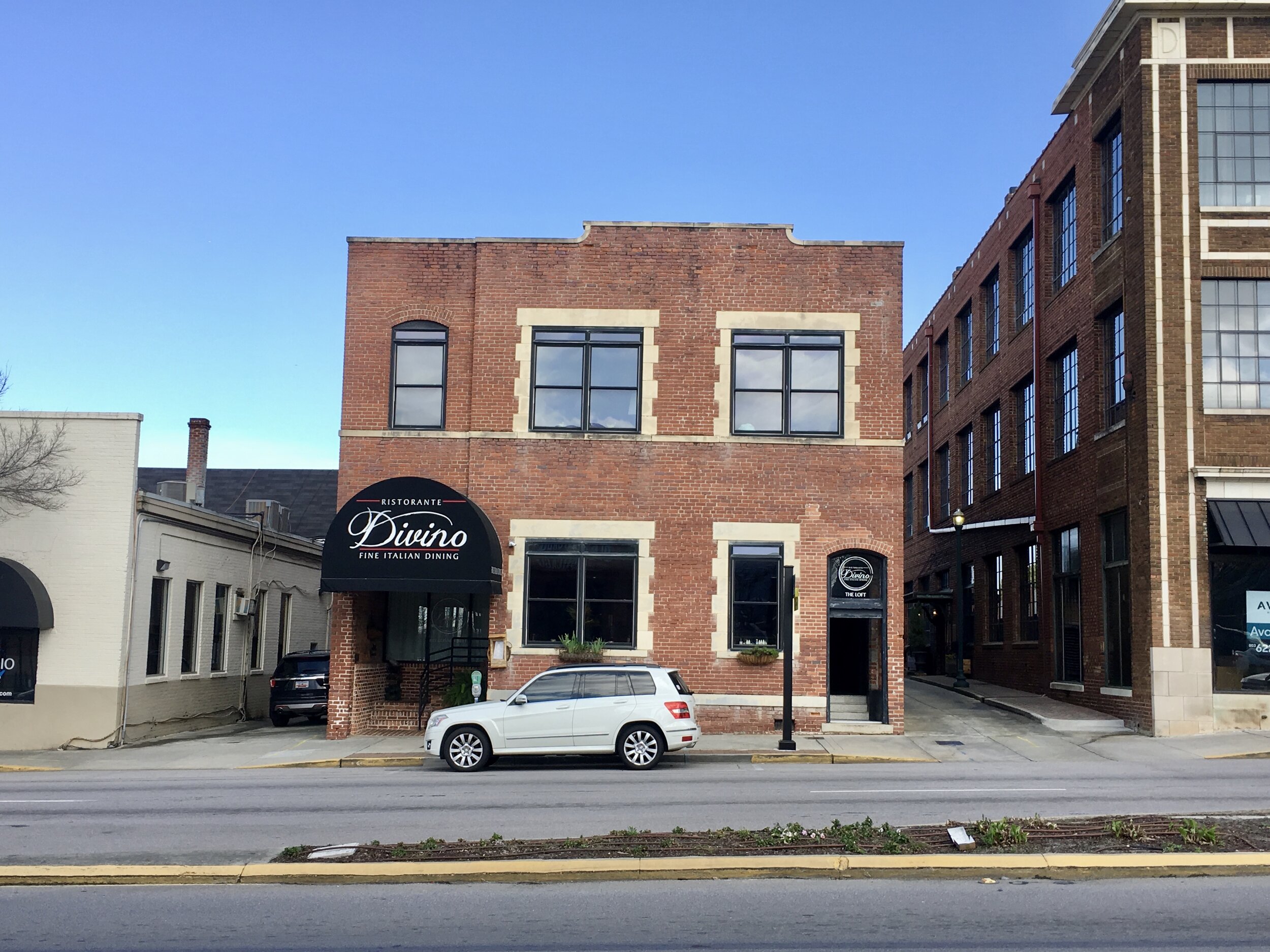
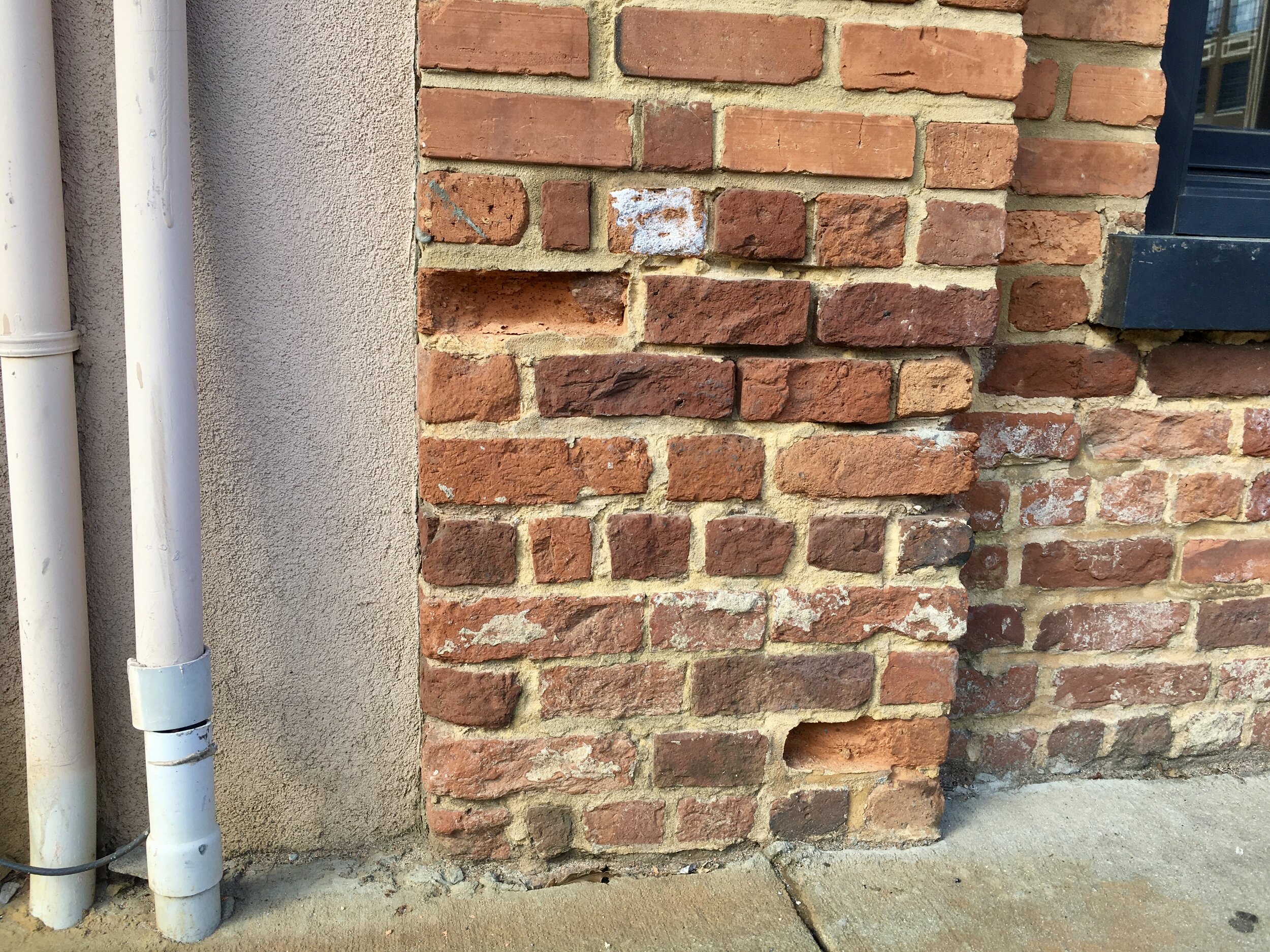

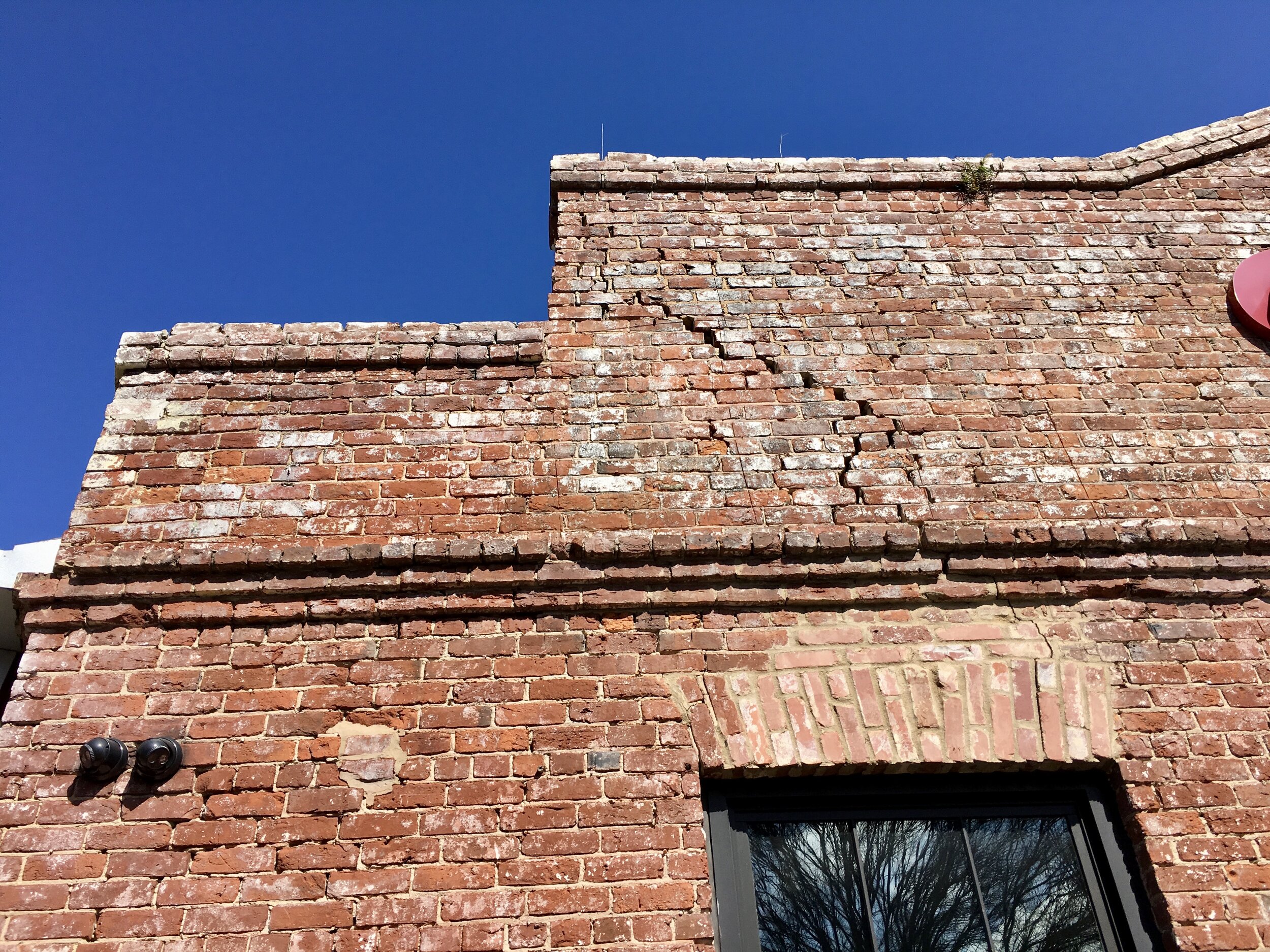
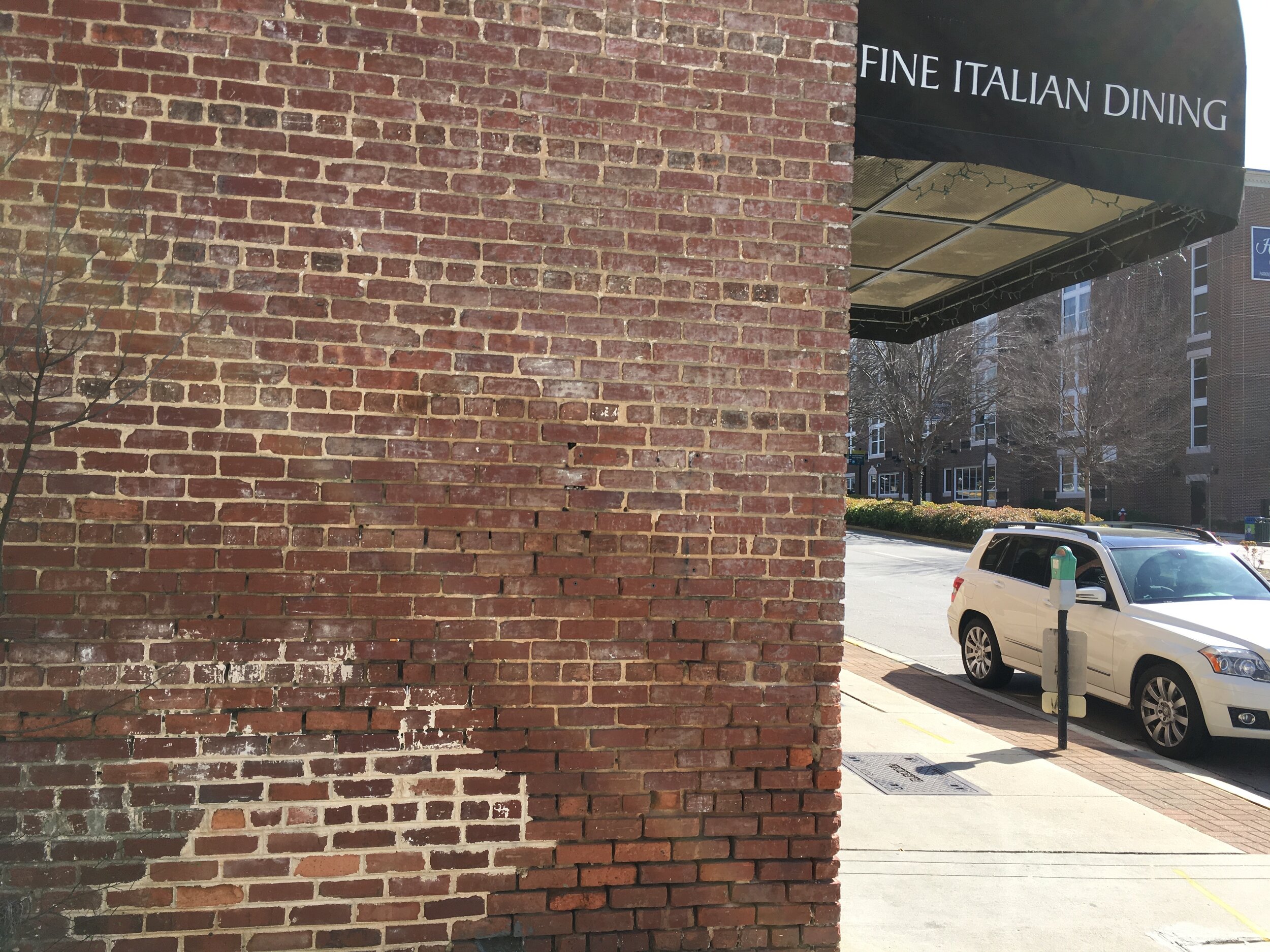
These conversions are by no means perfect (inserting steel lintels, latex paint over brick, exposing salmon brick), but their strong success in the face of poor repairs and restorations only further highlights the staying power of traditional structural masonry. The photos to the right highlights salmon (soft-fired) brick eroding and yet fine dinning restaurants actively seek out those spaces to setup shop in. What current form of construction could endure that amount of rot and blemish and still be structurally and aesthetically viable? There is something to be said for building in a honest and holistic manner. Blemishes are only a problem for fakes trying to pass themselves off as real. Blemishes on real things are just part of life’s rich story.






